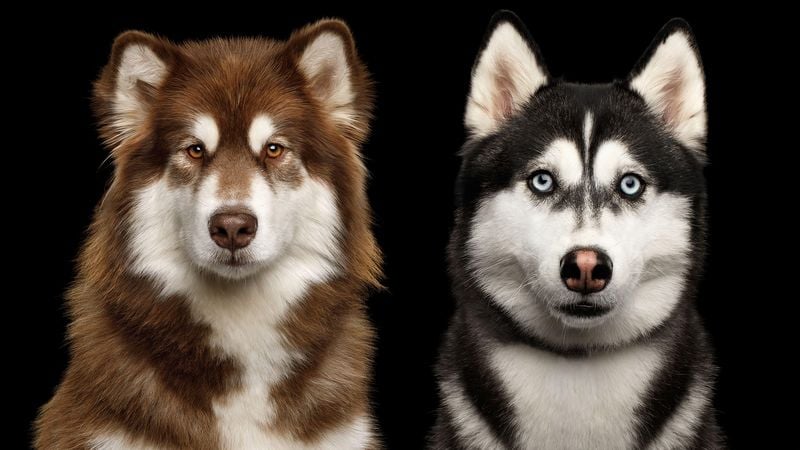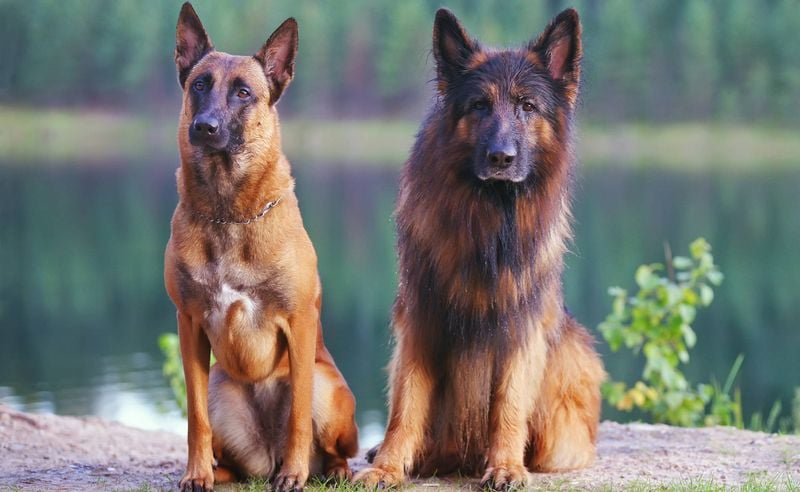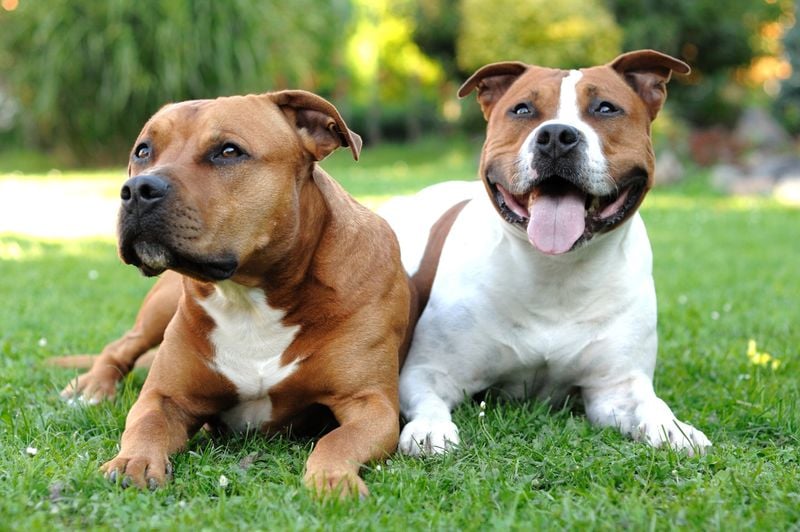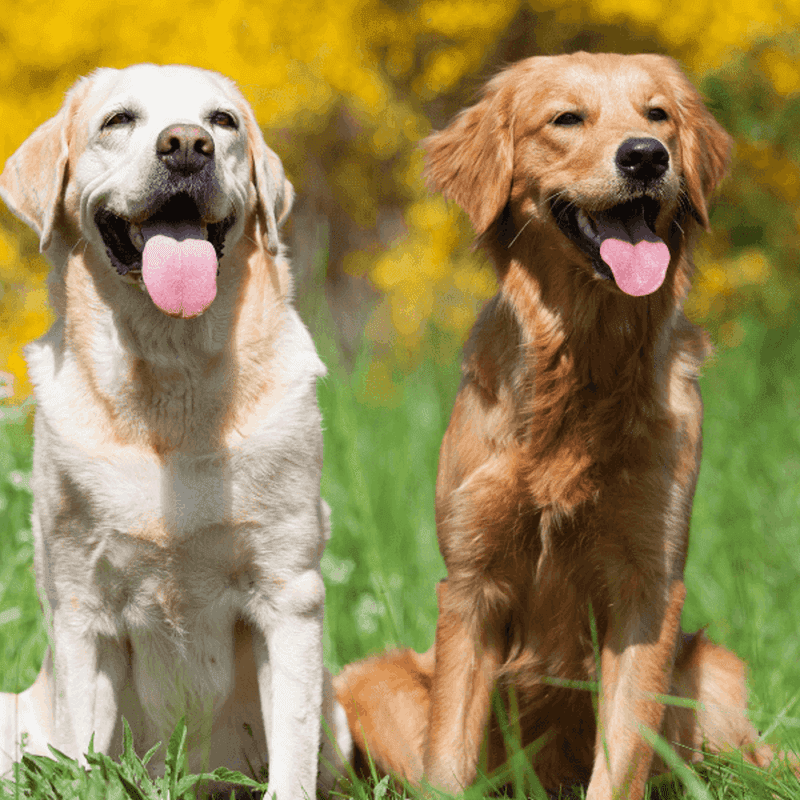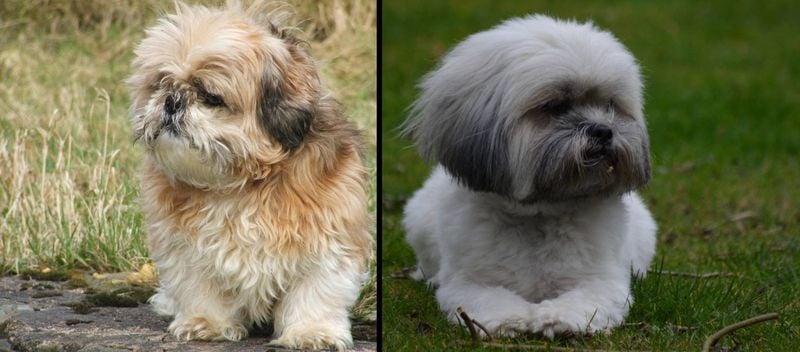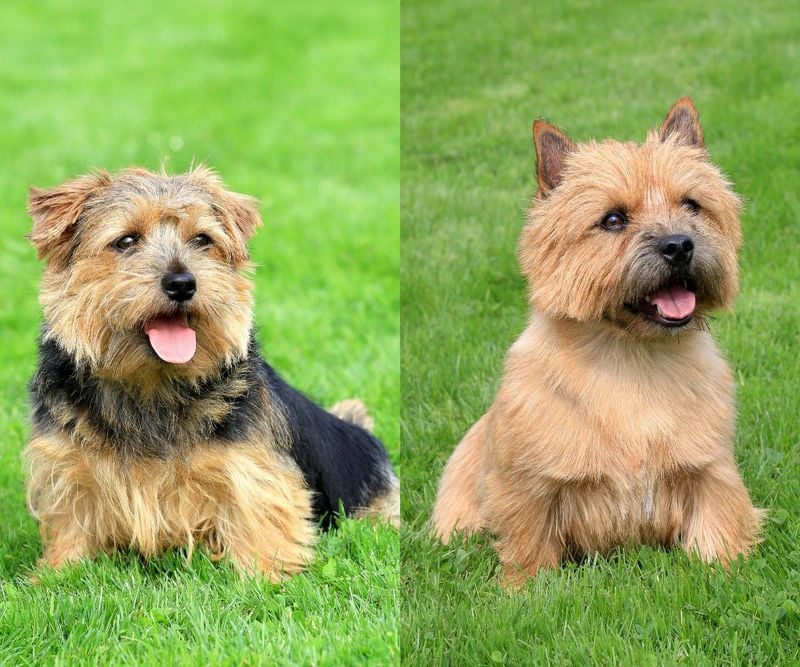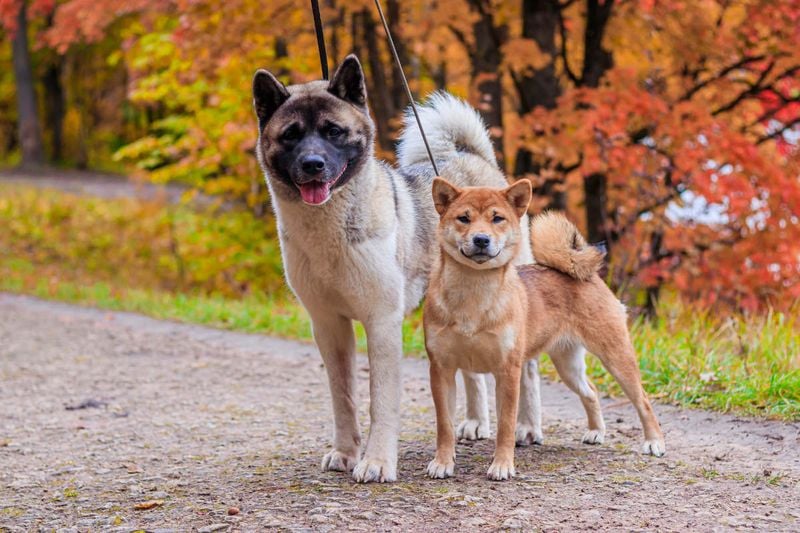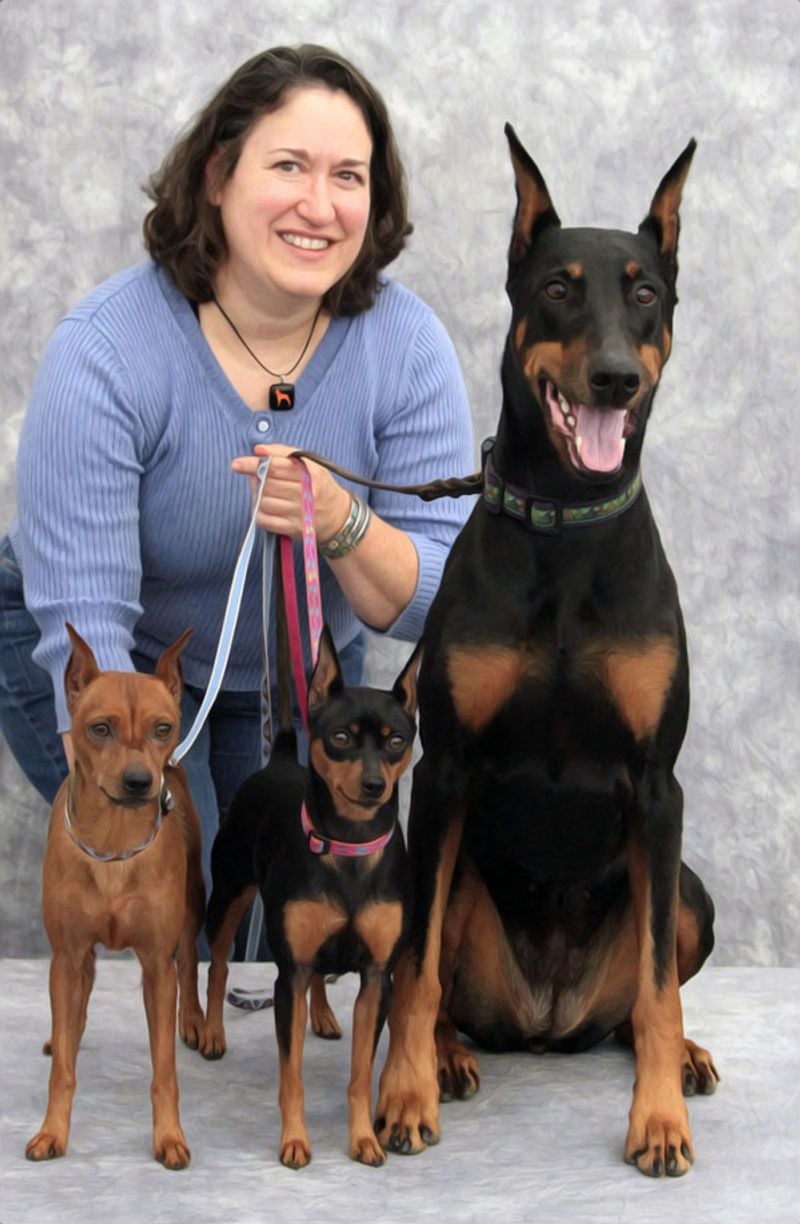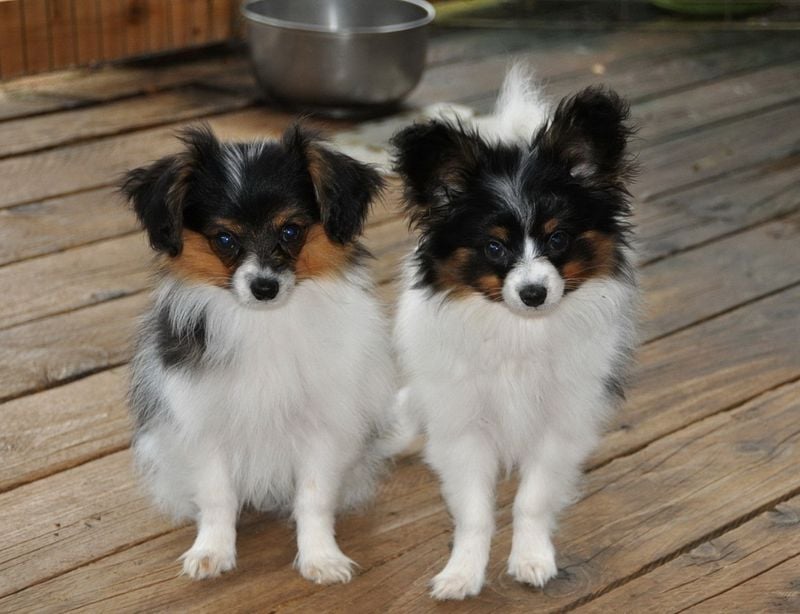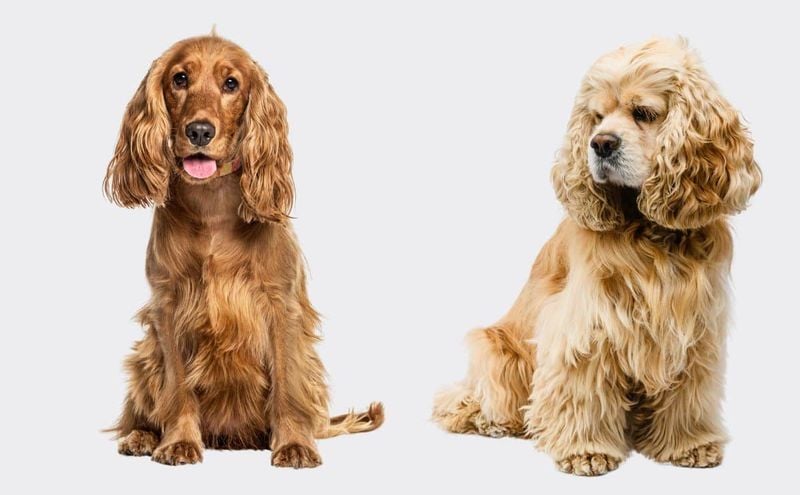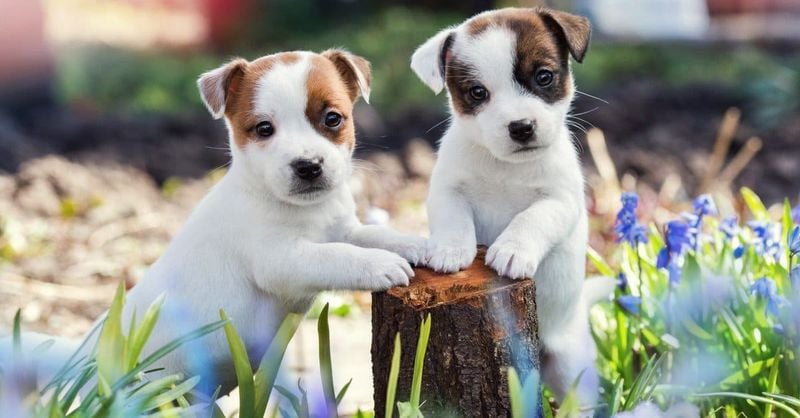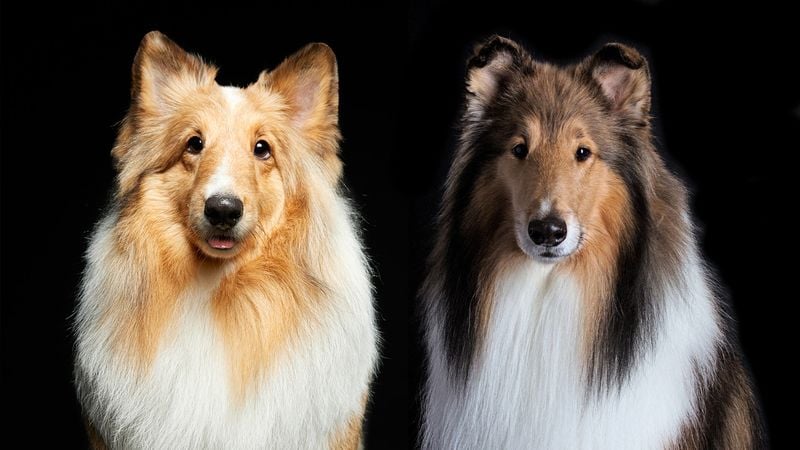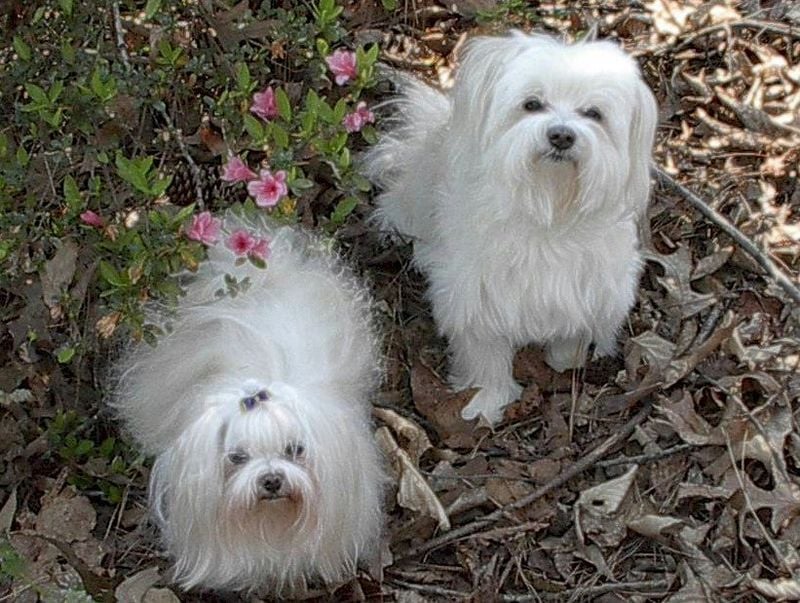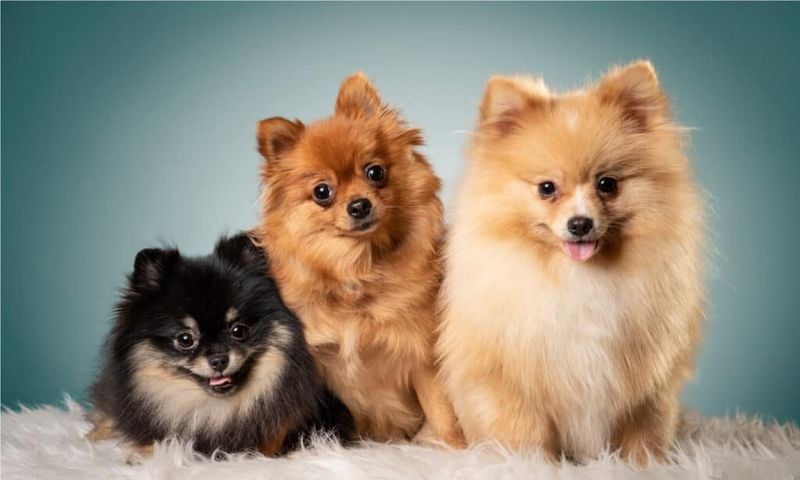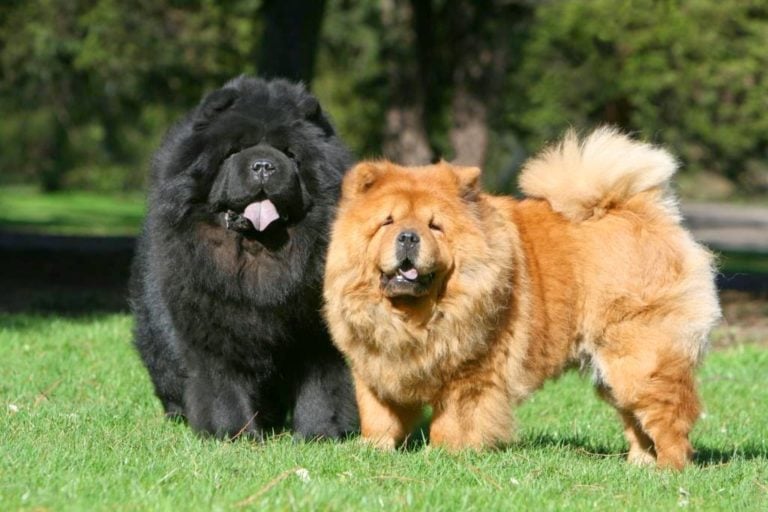Can You Tell These 17 Dog Breeds Apart? Most People Can’t
Ever spotted a dog and confidently guessed the breed—only to be completely wrong? You’re not alone.
With so many look-alikes in the canine world, even lifelong dog lovers get stumped. Some breeds share nearly identical coats, sizes, or markings. Others have personalities or jobs so similar, it’s easy to assume they’re the same.
And let’s be honest—some of these mix-ups are just plain embarrassing.
Whether it’s confusing a Malamute for a Husky or mistaking a Vizsla for a Weimaraner, these common breed mix-ups happen all the time. And once you see how alike some of them are, you won’t feel so bad about your last mistaken guess.
Here are 17 dog breeds that people mix up constantly—and exactly what sets them apart once you take a closer look.
1. Alaskan Malamute vs. Siberian Husky
At first glance, these northern breeds look like twins—fluffy coats, piercing eyes, and sled-pulling ancestry. But dig a little deeper, and the differences start to show.
The Alaskan Malamute is the heavyweight, bred to haul freight across long distances. They have broader heads, bulkier builds, and a steadier pace.
Siberian Huskies are smaller, leaner, and bred for speed. Their movement is quick and nimble, and their ice-blue eyes often steal the spotlight.
Malamutes tend to be quieter and more dignified, while Huskies are known for their dramatic howls and cheeky personalities. One’s a tank, the other’s a rocket.
2. Belgian Malinois vs. German Shepherd
Both breeds are K9 superstars, used in police, military, and search-and-rescue work. It’s no wonder people confuse them.
The Belgian Malinois is lighter and more tightly wound—think of them as the high-performance sports car of the dog world. Their focus is razor-sharp.
German Shepherds are more substantial and often gentler in personality. Their iconic sloped backs and plush coats give them a more recognizable silhouette.
While both breeds are brilliant and driven, the Malinois needs constant mental engagement. Without it, they’ll invent chaos—and they’re great at it.
3. American Pit Bull Terrier vs. American Staffordshire Terrier
It’s easy to mix these two up. Muscular builds, broad heads, and similar histories blur the lines between them.
American Staffordshire Terriers, or AmStaffs, are usually shorter and stockier. They’re bred more for companionship today than performance.
Pit Bulls tend to be taller, leaner, and more athletic. But “Pit Bull” itself is often used as a catchall term for multiple bully breeds.
Both are affectionate and people-loving cuddle monsters at heart. The main difference is pedigree—AmStaffs are recognized by the AKC, while most Pit Bulls are not.
4. Labrador Retriever vs. Golden Retriever
These two breeds are often mistaken for each other—and it’s easy to see why. They’re both family-friendly, eager to please, and impossible not to love.
Labradors have short, dense coats and come in black, yellow, or chocolate. Golden Retrievers wear long, flowing fur in beautiful shades of gold.
Goldens tend to be a bit gentler in demeanor and more emotionally sensitive. Labs are typically more excitable and rowdy, especially when young.
Whether you choose a Lab or a Golden, you’re getting a loyal companion. Just be ready for lots of shedding—and even more affection.
5. Australian Shepherd vs. Border Collie
These two are brainiacs of the herding world, bursting with energy and charm. People often confuse them, especially when they share similar merle coats.
Border Collies are usually leaner, with a more intense and focused stare. They move with precision and often seem like they’re plotting your next step.
Australian Shepherds are slightly stockier and often have bobbed tails. They’re more likely to flash a goofy grin and are a bit more laid-back—relatively speaking.
Both need mental and physical stimulation to stay sane. If you can’t tell them apart, just toss a frisbee—one might outthink you first.
6. Shih Tzu vs. Lhasa Apso
With long, flowing coats and adorable flat faces, these two little dogs look nearly identical. But their histories and temperaments set them apart.
The Shih Tzu was bred to be a royal lapdog in Chinese palaces. They’re affectionate, people-focused, and love lounging around in comfort.
The Lhasa Apso hails from Tibetan monasteries, originally bred as alert watchdogs. They tend to be more independent and suspicious of strangers.
Both need regular grooming and lots of love, but only one was born to sit on a throne. The other was busy guarding a monk’s sacred space.
7. Whippet vs. Italian Greyhound
These sleek, delicate dogs often confuse people with their elegant frames and fine features. But while they look similar, they come from different ends of the speed spectrum.
Whippets are medium-sized sprinters, built for racing and quick bursts of energy. They’re sturdier and a bit more muscular than their smaller cousins.
Italian Greyhounds are true toy breeds—dainty, sensitive, and feather-light. Their legs are thinner, and they often need sweaters just to survive a breeze.
Both love to cuddle and snooze under blankets. Just don’t expect either one to enjoy the rain.
8. Cairn Terrier vs. Norwich Terrier
These scruffy little charmers are often mistaken for one another, especially in parks and photos. They both have fox-like faces and a spunky terrier attitude.
Cairn Terriers are slightly larger with a rougher coat and a more independent streak. They’re famously known as Toto from The Wizard of Oz.
Norwich Terriers are smaller, with pointier ears and a cuddlier demeanor. They’re often more social and affectionate with people.
You’ll spot the difference if you look closely at the ears and build. Or just toss a toy—both will chase it with 200% effort.
9. Akita vs. Shiba Inu
Both are Japanese breeds with curled tails and proud, fox-like expressions. But one is a powerful guardian, and the other is a sassy compact firecracker.
Akitas are large, muscular, and calm—often weighing over 100 pounds. They were bred for protection and are incredibly loyal to their families.
Shiba Inus are much smaller, alert, and highly independent. They’re known for their “Shiba scream” and cat-like cleanliness.
While both are strikingly beautiful and dignified, their personalities differ dramatically. The Akita is stoic; the Shiba? Pure drama in a small, fluffy package.
10. Miniature Pinscher vs. Doberman Pinscher
Don’t be fooled by the names—these two aren’t directly related. Still, their sharp looks and confident postures make the mix-up understandable.
Miniature Pinschers are toy-sized with big personalities. They strut like they own the world, despite standing just a foot tall.
Dobermans are sleek, strong, and built for protection. Their long legs, deep chests, and intelligent eyes set them apart from the “Mini Pin.”
The resemblance is mostly in silhouette—those cropped ears and docked tails don’t help. But one could guard your home, while the other guards your couch cushions.
11. Papillon vs. Phalène
These two are technically varieties of the same breed, which makes the confusion even more justified. The key difference? It’s all in the ears.
Papillons have large, upright ears that fan out like butterfly wings. In fact, “papillon” means butterfly in French.
Phalènes, on the other hand, have drooping ears that give a softer look. Their name translates to “moth,” reflecting their gentler silhouette.
Both are lively, intelligent, and surprisingly athletic for their size. Once you notice the ear shape, you’ll never mix them up again.
12. English Cocker Spaniel vs. American Cocker Spaniel
With soulful eyes, wavy ears, and wagging tails, both Cockers melt hearts instantly. But subtle differences reveal their separate origins.
The English Cocker is slightly taller and leaner, with a longer muzzle. They were bred for hunting woodcock in the UK, and it shows in their stamina.
American Cockers are more compact and have rounder heads with shorter snouts. They’re bred more for companionship and show, which is why they look so polished.
Both are affectionate, energetic, and sensitive. But if the coat is fuller and the face a bit rounder, you’re probably looking at an American.
13. Jack Russell Terrier vs. Parson Russell Terrier
These two are often confused not just by look, but by name. And to be fair, they share a common ancestry and a whole lot of energy.
Jack Russells are typically shorter with a stockier, more muscular build. They were bred to go to ground, chasing foxes into burrows.
Parson Russell Terriers are leggier, with a more athletic and square-shaped frame. They’re often seen in show rings and were bred more for above-ground hunting.
Both are clever, tireless, and full of attitude—classic terrier traits. The real giveaway is in the legs: longer means Parson, shorter means Jack.
14. Rough Collie vs. Shetland Sheepdog
Think of the Shetland Sheepdog as the Rough Collie’s mini-me. Both have that luscious coat and refined, intelligent expression.
Rough Collies are larger and more regal in appearance—think Lassie. They were bred to herd and protect larger flocks on expansive terrain.
Shelties, meanwhile, are petite and nimble, ideal for tighter pastures. They’re just as smart and loyal, but tend to be more reserved with strangers.
Both breeds shed like crazy and adore their families. The main difference? One needs a full sofa, the other fits in your lap.
15. Havanese vs. Maltese
Small, silky-coated, and full of charm, these two lapdogs confuse people all the time. But despite appearances, their personalities and origins differ quite a bit.
The Havanese hails from Cuba and has a wavy, fuller coat. They’re social butterflies and adapt easily to city life or family chaos.
The Maltese is the aristocrat of the pair, with straighter, pure-white fur. They’re elegant, a bit more reserved, and prefer gentle cuddles to wild play.
Both are hypoallergenic and look adorable with bows and topknots. But if the dog’s hair is flowing in loose waves—it’s probably a Havanese.
16. Keeshond vs. Pomeranian
At first glance, they both look like fluffy balls of charisma with fox-like faces. But one is a lap-sized royalty, while the other is a medium-sized barge watchdog.
Pomeranians are tiny, rarely over 7 pounds, and come in a rainbow of colors. They’re full of sass, confidence, and dramatic flair packed into a purse-sized body.
Keeshonden are larger, sturdier, and covered in silver-gray coats with black “spectacles” around their eyes. They were bred to guard riverboats in the Netherlands and have a loyal, alert nature.
Both are social, vocal, and love being the center of attention. But only one will fit in your handbag—the other might just steal your whole couch.
17. Weimaraner vs. Vizsla
These two sleek hunting dogs turn heads with their athletic builds and glossy coats. And yes, it’s easy to mix them up—until you catch their true colors.
Weimaraners are ghostly gray with pale eyes and a cool, detached demeanor. They were bred in Germany for big game and tend to be more independent.
Vizslas, on the other hand, glow in reddish-gold tones and have warm, soulful eyes. They hail from Hungary and stick to their humans like velcro.
Both are fast, graceful, and need lots of exercise to stay happy. But if the dog looks like it could disappear in the fog—it’s probably a Weimaraner.

